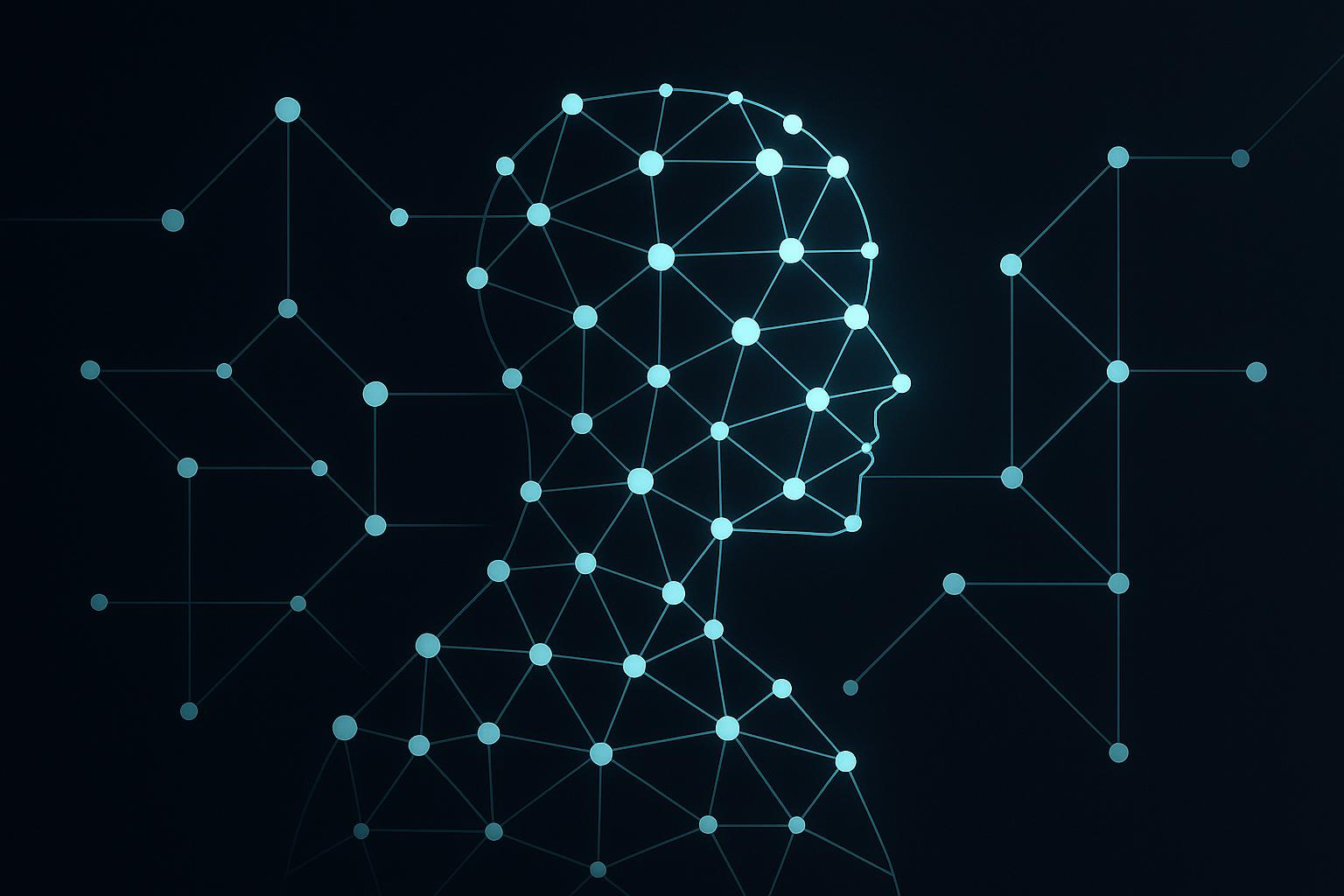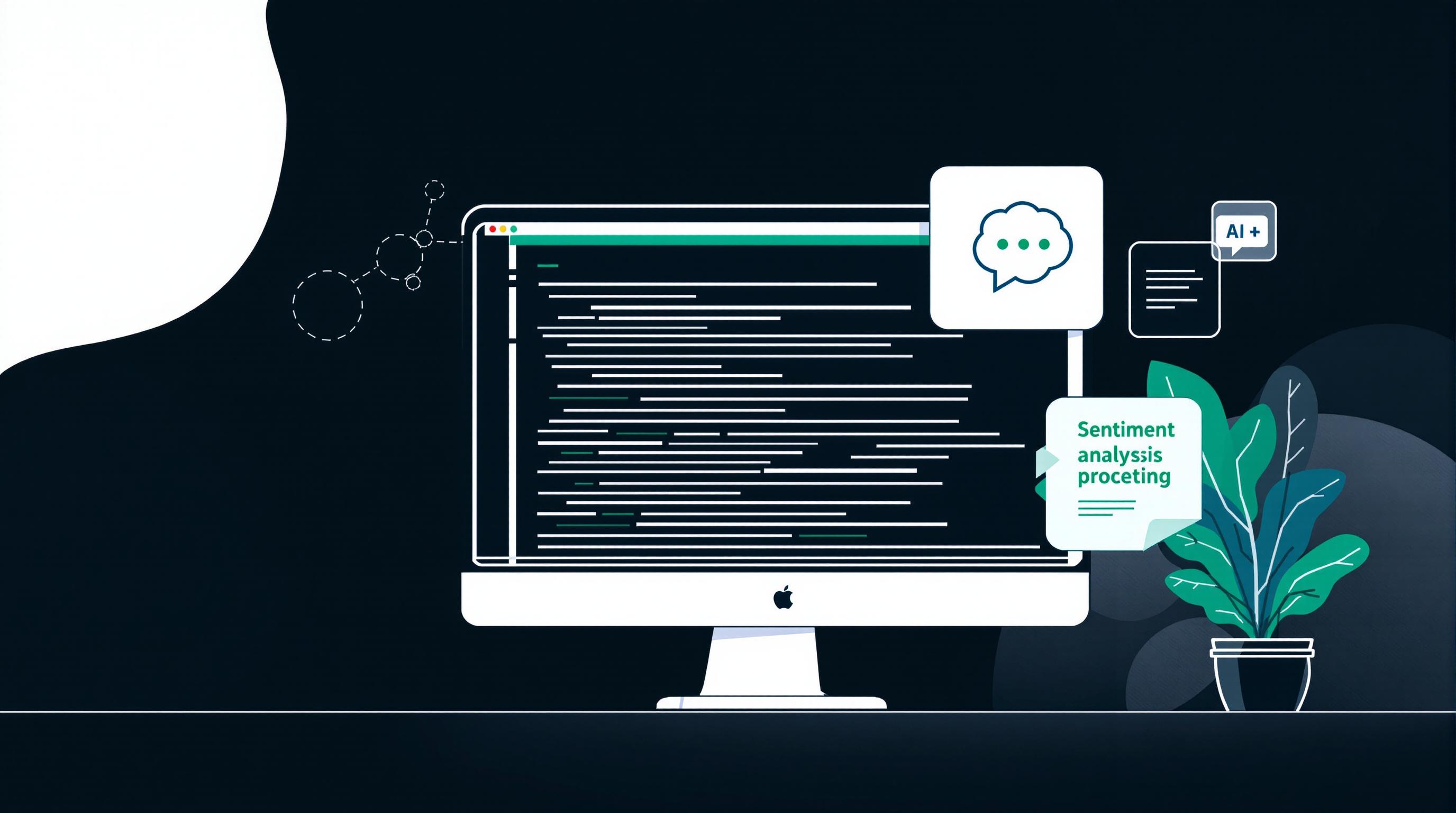Web scraping helps non-profits save time, cut costs, and make better decisions by automating data collection. Here’s how it works and why it matters:
- Donor Management: Analyze donor behavior to create personalized campaigns and improve engagement.
- Grant Opportunities: Automate searches for funding sources, track deadlines, and reduce costs (e.g., $5/month to monitor 1,000 grants).
- Impact Assessment: Use real-time data from social media, news, and community feedback to measure program success and refine efforts.
- Policy and Trend Monitoring: Stay updated on regulations, funding trends, and social issues to adjust strategies and identify service gaps.
Key Example: The American Cancer Society used data insights to boost donation revenue by 117% in 2022, showing the power of data-driven decisions.
To use web scraping effectively, ensure compliance with laws like GDPR, respect website policies, and secure data with encryption and access controls. With costs as low as $0.005 per page scraped, web scraping is a practical tool for non-profits to achieve their mission efficiently.
Finding and Managing Donors
Collecting Public Donor Data
Web scraping offers a quick way to gather public donor data. By pulling information from sources like annual reports, tax filings, social media activity, event attendance records, corporate giving programs, and foundation grant histories, organizations can save significant time compared to manual research methods.
Analyzing Donor Patterns
In 2022, the American Cancer Society used machine learning to examine its digital advertising efforts, achieving impressive results:
| Metric | Performance |
|---|---|
| Donation Revenue | 117% above benchmark |
| Donor Engagement | Nearly 70% throughout the campaign |
| Banner Click-through Rate | 1.5% (87.5% above benchmark) |
With donation levels dropping as much as 30% in 2023, using data-driven insights has become critical for securing consistent funding. This approach helps non-profits fine-tune their fundraising strategies to better connect with their audience.
"We have observed philanthropic trends for generations. Over the last twenty years, donors down, dollars up. More recently, donors down, dollars down, factoring inflation. Whether a crisis or concern, we do believe these AI-enabled technologies can help address the challenge by strengthening connection and commitment with personalized messaging and tailored offering."
– Greg Hagin, principal and managing director for CCS Fundraising
Creating Targeted Donor Messages
Web scraping also allows organizations to create highly personalized donor communications. By analyzing the data collected, non-profits can tailor email content, optimize when messages are sent, and design targeted campaigns. Tools like Mailchimp (starting at $17/month) and Salesforce Nonprofit Cloud (from $36/month per user) help automate these processes while keeping donor relationships personal.
"Especially with generative AI, not only can it be a lever for becoming more efficient, but [nonprofits] can also free up time to do the things they do best, which is being donor-centric, stewarding and cultivating those donors. AI can help elevate philanthropic outcomes and, ultimately, better mission fulfillment."
– Ashutosh Nandeshwar, SVP of data science and analytics at CCS Fundraising
When building donor communication strategies, non-profits should emphasize transparency about how donations are used and ensure donors understand how their information is handled securely. Sharing clear examples of the impact of their contributions can also strengthen trust and engagement.
Finding Available Grants
Setting Up Grant Searches
Using automated data collection tools to pull information from grant databases and funder websites can make finding funding sources much easier and cheaper. Traditional grant search services can range from $36 to $449 a month. On the other hand, web scraping offers a much lower-cost alternative. At about 0.5¢ per page scraped, monitoring 1,000 grant opportunities each month could cost around $5. This approach also simplifies staying on top of critical submission deadlines.
Managing Grant Deadlines
Automated tools can help keep track of grant cycles by gathering important details from databases. Organizations can then organize this information into structured datasets, covering:
| Grant Component | Tracked Information |
|---|---|
| Submission Deadlines | Application due dates, LOI deadlines, review periods |
| Requirements | Eligibility criteria, funding limits, matching requirements |
| Documentation | Required attachments, forms, certifications |
| Follow-up | Reporting schedules, milestone dates, renewal periods |
"Web scraping is a commonly used tool for efficiently extracting data from websites. It is extremely useful for non-profits and funders when conducting research, tracking funding opportunities and developing socio-economic indicators." - Tyryn Carnegie
In addition to managing deadlines, web scraping opens the door to a wider range of funding opportunities.
Expanding Grant Sources
Automated data collection allows organizations to cast a wider net when searching for funding. Many grant databases include extensive details - for instance, some list over 410,000 funders and more than 17,000 active RFPs. By systematically collecting this data, organizations can:
- Keep an eye on government websites for public funding updates
- Follow corporate giving programs and foundation priorities
- Spot new trends and areas of focus in funding
- Find niche grants that align with specific missions
When automating these searches, it's essential to gather detailed profiles of funders, including their giving history, geographic focus, and funding priorities, to create targeted and effective applications.
Measuring Public Impact
Social Media and News Monitoring
Web scraping helps track online mentions and engagement, offering real-time insights into how the public perceives your efforts. Here's what to monitor:
| Platform Type | Metrics to Track |
|---|---|
| Social Networks | Mentions, hashtag usage, engagement rates |
| News Sites | Press coverage, sentiment analysis |
| Blogs & Forums | Community discussions, topic trends |
| Review Sites | Program feedback, participant experiences |
By keeping a close eye on these platforms, you can gather timely insights that complement structured program evaluations.
Program Results Tracking
In 2023, Girls Code revealed a striking improvement: coding confidence among participants jumped from just 23% to 70% after attending workshops.
To track program results effectively, collect data across these key areas:
| Data Type | Collection Points |
|---|---|
| Quantitative | Participation rates, success metrics, demographic data |
| Qualitative | Participant testimonials, success stories, community feedback |
| Impact Metrics | Behavioral changes, skill improvements, community benefits |
This mix of data not only demonstrates program success but also lays a foundation for strategic reporting.
Creating Impact Reports
Transform the data you gather into clear, actionable impact reports that showcase your program's success. Focus on these elements:
- Direct impact measurements to highlight results
- Stakeholder testimonials to add credibility
- Long-term outcomes to show sustained benefits
- Community engagement metrics to underline reach
"Social listening is for the ones that choose to get creative. It's not an obvious solution, and it's not widely popular among nonprofits. But it can help achieve many goals that nonprofits usually have: Raising awareness of the organization and its cause, Increasing donations and participation, Building a loyal community, Managing your reputation." - Aleh Barysevich
sbb-itb-f2fbbd7
Learn how Ethical Web Scraping can take your business to ...
Industry Trend Analysis
Non-profits can go beyond donor and grant management by tapping into industry trends to fine-tune their strategies.
Research Data Collection
Web scraping has revolutionized how non-profits collect industry insights. By 2023, the alternative data market reached $4.9 billion, showing the growing importance of organized data collection. Non-profits monitor key online sources to stay informed:
| Data Source | Key Insights |
|---|---|
| Government Websites | Policy updates, funding opportunities, compliance rules |
| Research Publications | Academic research, impact studies, new methodologies |
| Industry Reports | Market trends, donor behavior, emerging challenges |
| News Outlets | Current events, public sentiment, social issues |
These data points help non-profits spot new opportunities and address service gaps.
Finding New Focus Areas
Data analysis allows non-profits to uncover opportunities and improve their programs. For instance, during the COVID-19 pandemic, web scraping helped track online conversations and news, enabling quick resource allocation and effective responses.
Pinpointing service gaps also helps sharpen program priorities. Urban planning organizations, for example, rely on scraped data for:
| Analysis Type | Strategic Value |
|---|---|
| Geographic Coverage | Locate underserved areas |
| Service Demand | Monitor emerging community needs |
| Resource Distribution | Optimize where programs are implemented |
| Impact Assessment | Evaluate how effective interventions are |
Program Planning with Data
Using insights from trends and focus areas, non-profits are refining their programs with accurate, data-backed strategies. AI-powered web scraping tools are expected to grow at a 17.8% annual rate through 2032, reflecting the shift toward data-driven planning.
Here’s how data can be applied across planning phases:
| Planning Phase | Data Application |
|---|---|
| Need Assessment | Explore social media and community forums for new issues |
| Resource Allocation | Study service usage patterns and demographic changes |
| Impact Measurement | Track program results and collect community feedback |
| Strategy Adjustment | Spot trends in successful efforts |
Web Scraping Rules and Ethics
Non-profits must follow strict legal and ethical guidelines when collecting data through web scraping. Recent court rulings have helped clarify what's acceptable and what isn't.
Legal Requirements
Web scraping must adhere to laws and regulations to avoid heavy fines or penalties. For example, copyright violations can result in fines of up to $150,000 per instance. Violating the General Data Protection Regulation (GDPR) could lead to fines as high as $22 million or 4% of a company's global revenue. Non-profits handling personal data need to comply with GDPR and the California Consumer Privacy Act (CCPA).
| Legal Consideration | Key Requirements |
|---|---|
| Personal Data Protection | Follow GDPR and CCPA guidelines |
| Copyright Laws | Get permission for any copyrighted material |
| Access Methods | Do not bypass technical barriers |
| Data Usage | Clearly document the purpose of data use |
The 2024 Meta v. Bright Data case confirmed that scraping publicly available data is legal, giving non-profits more clarity. However, it's equally important to respect each website's specific data policies.
Website Policy Compliance
When scraping data, non-profits must respect the terms of service outlined by websites. Whether these terms are presented as browsewrap (posted but not actively agreed to) or clickwrap (requiring user agreement) can impact their enforceability. To stay compliant:
- Check the website's robots.txt file to confirm crawling permissions.
- Scrape only publicly accessible information.
- Regularly review access agreements and terms of service.
- Keep records of compliance with website policies.
Data Security Steps
Safeguarding collected data is critical. Implement strong security measures to maintain compliance and protect sensitive information. Here are some best practices:
| Security Measure | Implementation Guide |
|---|---|
| Data Minimization | Collect only the data you absolutely need |
| Access Controls | Limit access to authorized personnel only |
| Encryption | Encrypt both stored and transmitted data |
| Retention Policies | Establish clear timelines for data storage |
| Audit Trails | Maintain detailed logs of data access and usage |
Legal and security standards are constantly evolving, as highlighted by cases like HiQ Labs v. LinkedIn. Staying informed is essential for responsible data collection.
Web Scraping Results for Non-Profits
Web scraping helps non-profits collect and analyze data to improve grant applications, engage donors, and measure their impact. By gathering information from various sources, organizations can stay aligned with their mission and make informed decisions.
With a cost of just $0.005 per web page scrape and no minimum spending requirement, non-profits can tap into efficient data collection to achieve the following:
| Focus Area | How It Helps Non-Profits |
|---|---|
| Donor Management | Better targeting and stronger relationships through insights |
| Grant Opportunities | Easier discovery of funding sources with automation |
| Impact Assessment | Clearer measurement and demonstration of program success |
| Resource Allocation | Smarter use of resources with data-driven planning |
Practical examples highlight how web scraping benefits the non-profit sector.
"After trying other options, we were won over by the simplicity of InstantAPI.ai's Web Scraping API. It's fast, easy, and allows us to focus on what matters most - our core features."
- Juan from Scalista GmbH
This testimonial underscores the everyday value of efficient web scraping for non-profits.
While the operational advantages are clear, protecting data integrity is equally important. Ensuring data security and complying with legal standards allows non-profits to automate data collection responsibly, reducing manual effort and driving meaningful change.
For success, non-profits should focus on collecting only the data they truly need while adhering to ethical practices and website regulations. By following these principles, web scraping can become a powerful tool to help organizations fulfill their missions.


